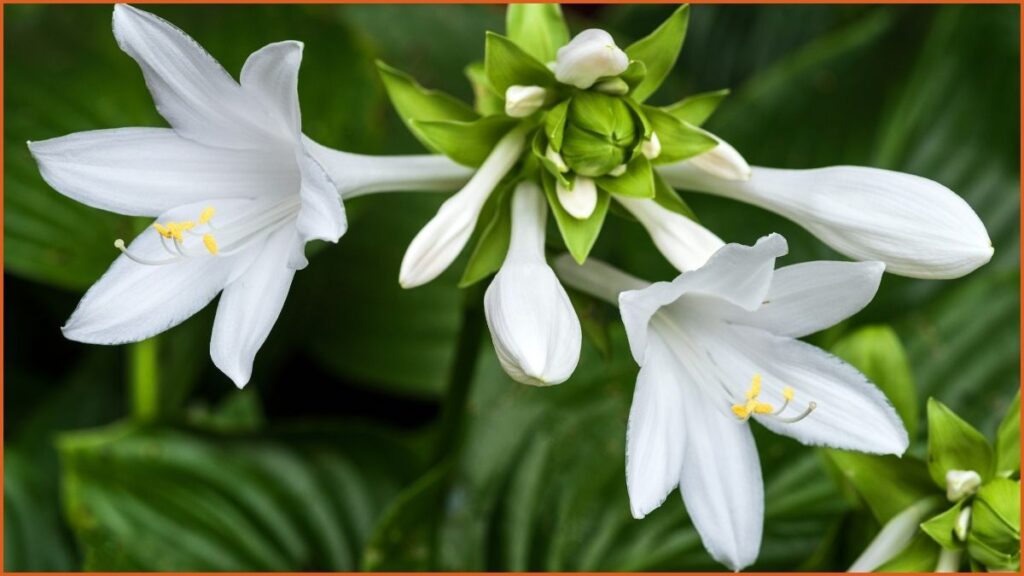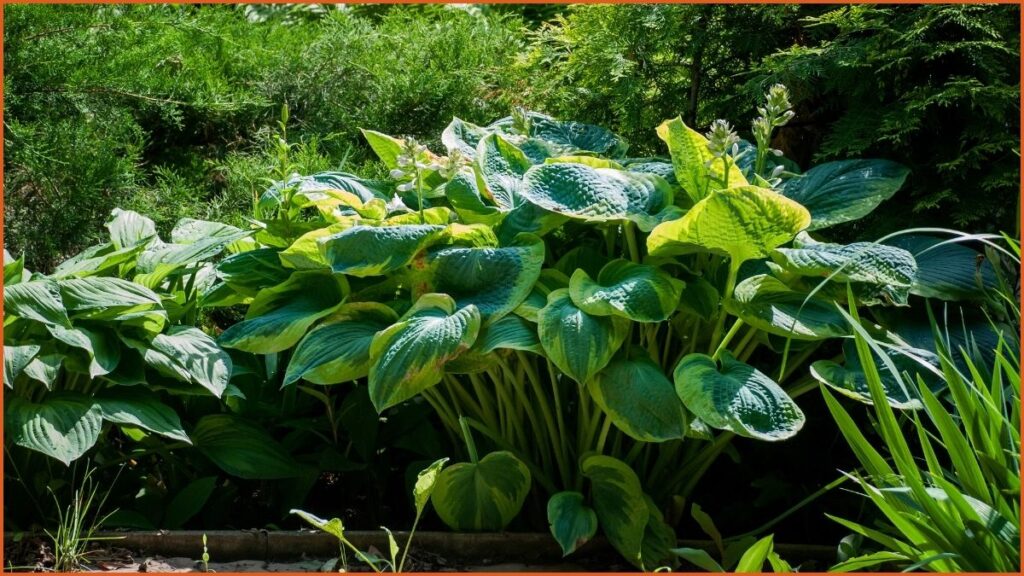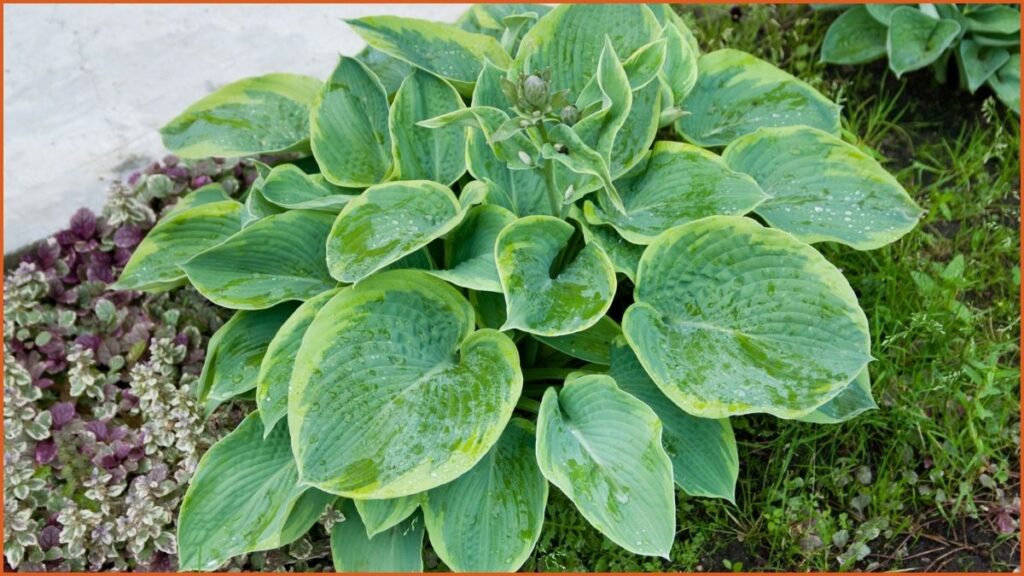Hostas are a beloved perennial plant, known for their lush foliage and ability to thrive in shady gardens. However, growing them successfully requires some care and attention to detail. Even experienced gardeners can make mistakes that hinder the growth and health of their hostas. Here are seven common mistakes to avoid when growing hostas to ensure your garden flourishes.
Avoid Excessive Hosta Varieties

It’s easy to be tempted by the vast array of hosta varieties available, but overloading your garden with too many can lead to competition for resources. When there are too many hostas in one space, they can compete for sunlight, water, and nutrients, stunting their growth. Instead, choose a few premium varieties that complement each other and allow them ample space to spread out.
Combat Slugs and Snails

Slugs and snails are notorious for munching on hosta leaves, leaving behind unsightly holes and damage. These pests thrive in damp environments and can quickly turn a beautiful hosta garden into a patch of chewed-up leaves. To protect your plants, consider using organic repellents like coffee grounds, eggshells, or diatomaceous earth. Creating barriers around your hostas can also deter these pests from feasting on your plants.
Transplant at the Right Time

Timing is crucial when it comes to transplanting hostas. Moving them during their active growth periods in spring and early summer can disturb their roots and hinder their ability to thrive. Instead, transplant hostas in early spring or late fall when they are dormant. This gives them time to establish their roots in the new location without the stress of active growth.
Avoid Full Sun

Hostas are shade-loving plants, and exposing them to full sun can cause serious damage. Direct sunlight can scorch their delicate leaves, leading to sunburn and reduced vitality. Plant your hostas in shaded or partially shaded areas where they can enjoy filtered sunlight throughout the day. This will help them maintain their vibrant green color and prevent leaf damage.
Prevent Overcrowding

Giving hostas enough space to grow is essential for their health. Overcrowding can reduce air circulation, which increases the risk of fungal diseases and pest infestations. To prevent overcrowding, make sure to space your hostas properly when planting them. This will allow for good airflow between plants and reduce the likelihood of disease spreading through your garden.
Choose the Right Location

The location of your hostas can make or break their growth. Hostas prefer spots that are sheltered from strong winds, which can tear their leaves and stress the plants. Additionally, areas with excessive moisture can lead to root rot and other water-related issues. Select a location that provides protection from harsh winds and has well-drained soil to give your hostas the best chance to thrive.
Prepare Soil Properly

Healthy soil is the foundation for healthy hostas. Before planting, prepare the soil by enhancing its structure and fertility. Adding compost and aged manure will improve the soil’s ability to retain moisture while providing essential nutrients for growth. Properly prepared soil will help your hostas establish strong roots and ensure they receive the nutrients they need to flourish.



